32 Of The Best Amateur Golfers Of All Time
Many of the early greats of the game were amateurs, including winners of The Open Championship and the U.S. Open
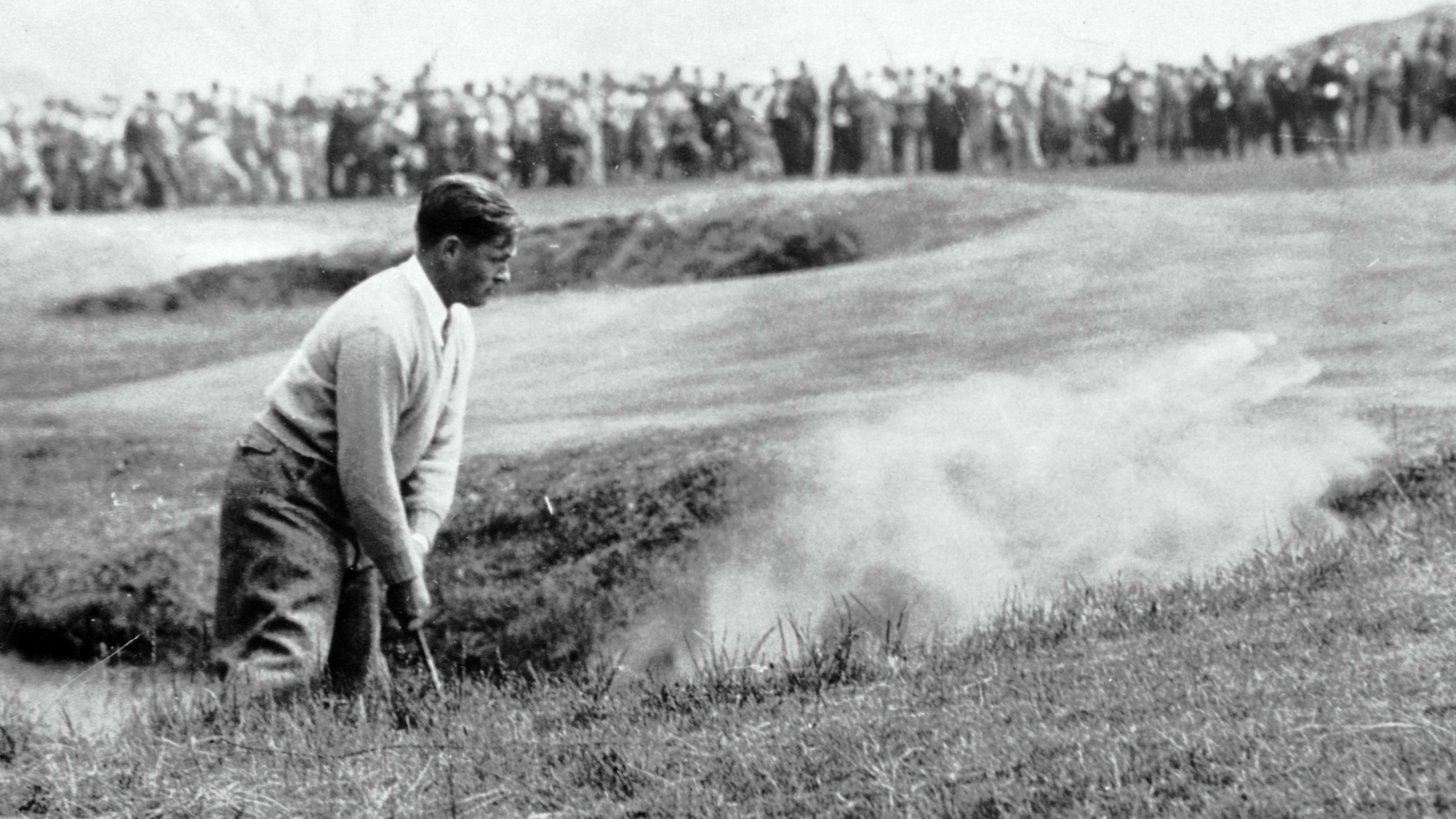
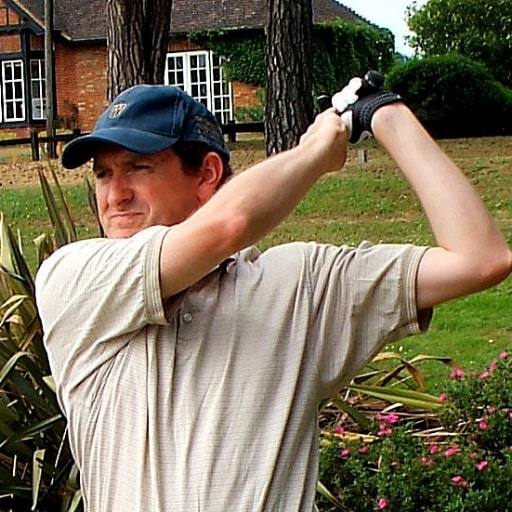
This gallery is of those who played all, or almost all, of their competitive careers as amateurs. In some cases these golfers later lost amateur status, normally as a result of accepting paid teaching roles or from working in a sporting goods business, rather than through playing golf for prize money. In the early decades of national golf competitions, the social standing and income of professional golfers was low. So there was no incentive for “a gentleman” to turn pro, and women’s competitive golf was all amateur. Nowadays neither of these apply, so the best players almost invariably turn pro.
Frances Stephens
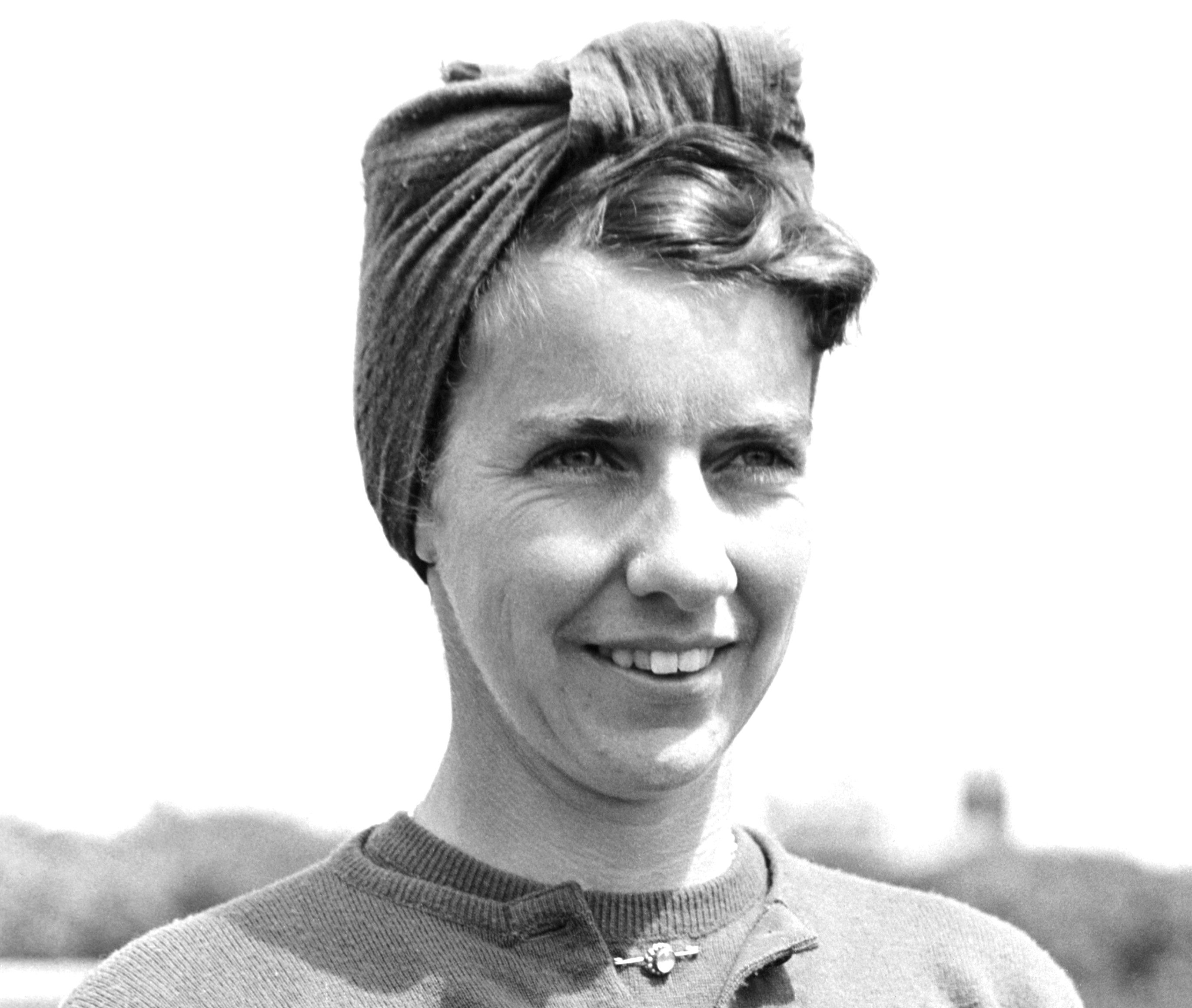
Frances ‘Bunty’ Stephens’ father was a club pro. Stephens was controversially not picked for the Curtis Cup in 1948 at her home club Royal Birkdale, it was said because of her background. She made her debut in 1950. The result of the 1956 and 1958 Cups came down to her singles matches. In each case she won to enable GB&I to win and tie these cups, the first time they had retained the trophy. With a frail physique and a swing which stopped and re-started part way through her backswing, she was steady rather than long off the tee, but deft around the greens. She won the Women's Amateur Championship twice.
Robert Gardner

Gardner was a fine all-round sportsman. He was the holder of the pole vault world record, albeit for only a week in 1912 with a vault of 13 feet and 1 inch, and he and Howard Linn twice won the national doubles racquets championship. But it is golf he is probably most remembered for as he was the playing captain of three victorious Walker Cup teams and won the US Amateur Championship in 1909 and 1915. He was also twice the losing finalist. He played in the Amateur Championship only once, losing the final at Muirfield in 1920.
Willie Turnesa
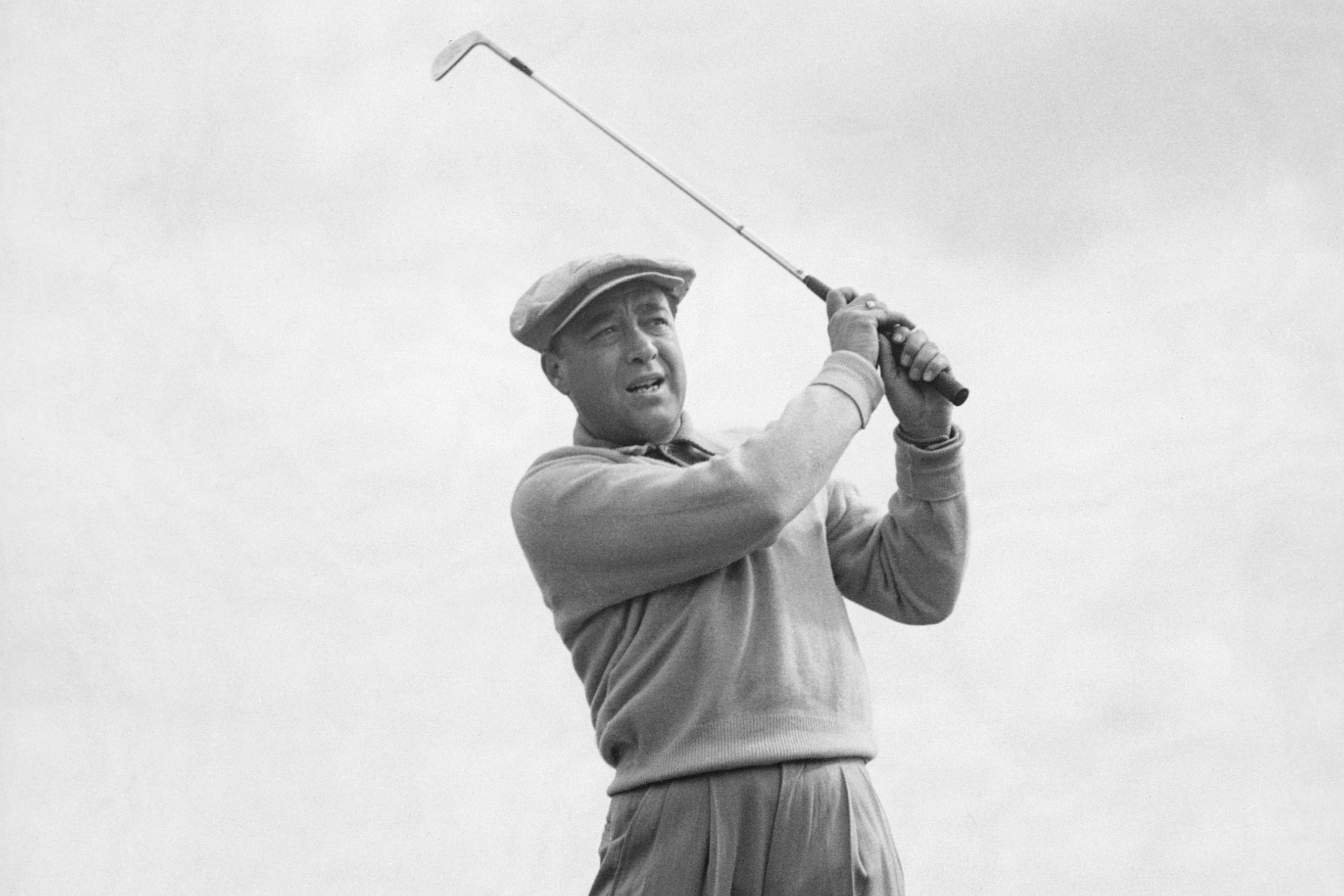
‘Willie The Wedge’, as he became dubbed by golf writer Bernard Darwin after he escaped from 13 bunkers in 29 holes in the final of the US Amateur in 1938, was the seventh son of an Italian immigrant. His father was head greenkeeper at Fairview Country Club and built a golf layout in his back garden for his sons. The other sons all became golf pros, but his brothers persuaded Willie not to follow their path but to go to college and all chipped in to fund his college education. He won the US Amateur in 1938 and 1948 and the Amateur Championship in 1947.
Horace Hutchinson
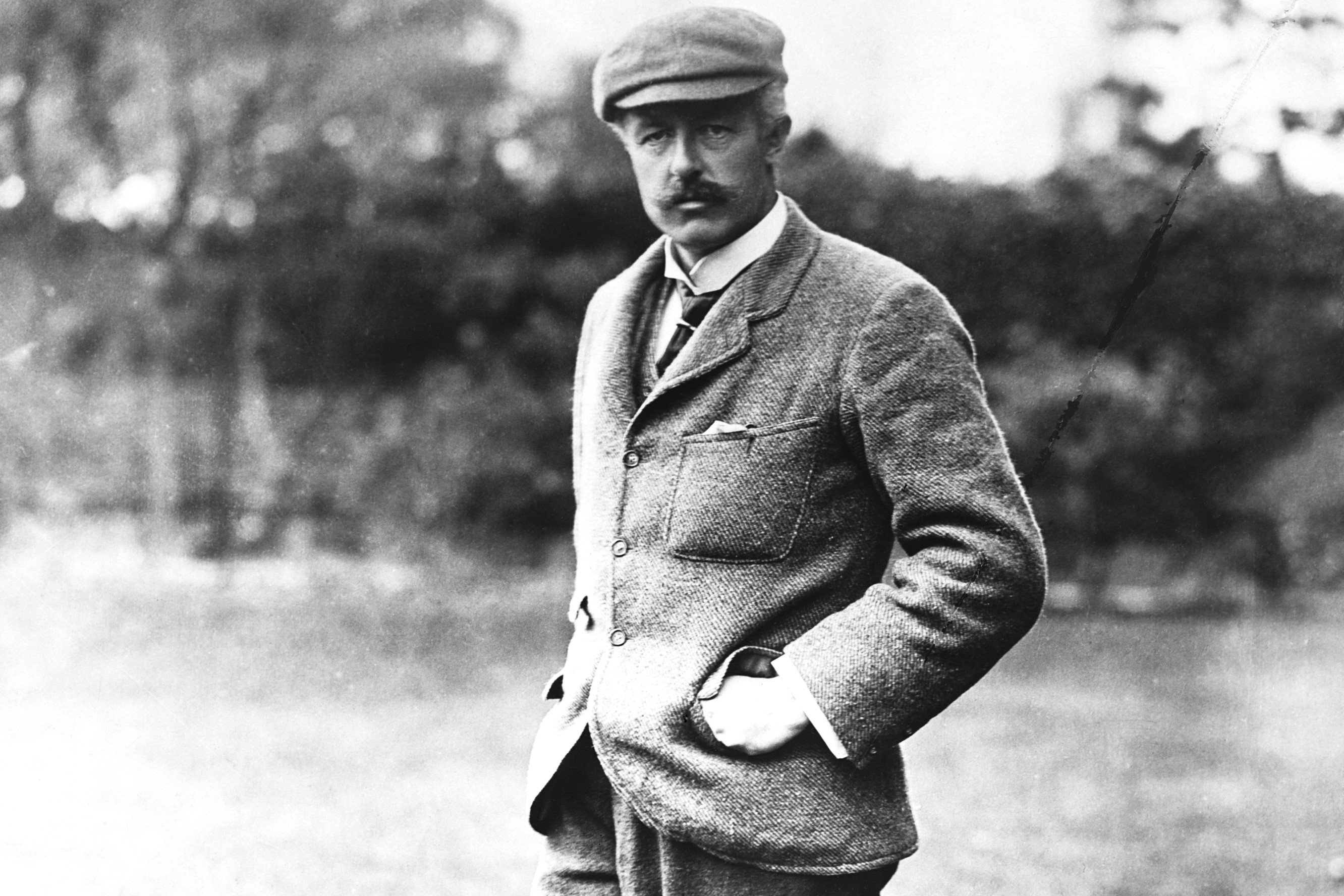
Horatio ‘Horace’ Hutchinson successfully defended his Amateur Championship title when, in 1887, he defeated John Ball in the final at Ball's club, Royal Liverpool. Hutchinson had won the previous year at St Andrews. Hutchinson had learnt to play at Royal North Devon, where his caddie was the family’s houseboy. His caddie became one of the greats of the game. He was John Henry Taylor. A keen student of golf technique, Hutchinson became a highly respected golf writer and teacher.
Lady Margaret Scott
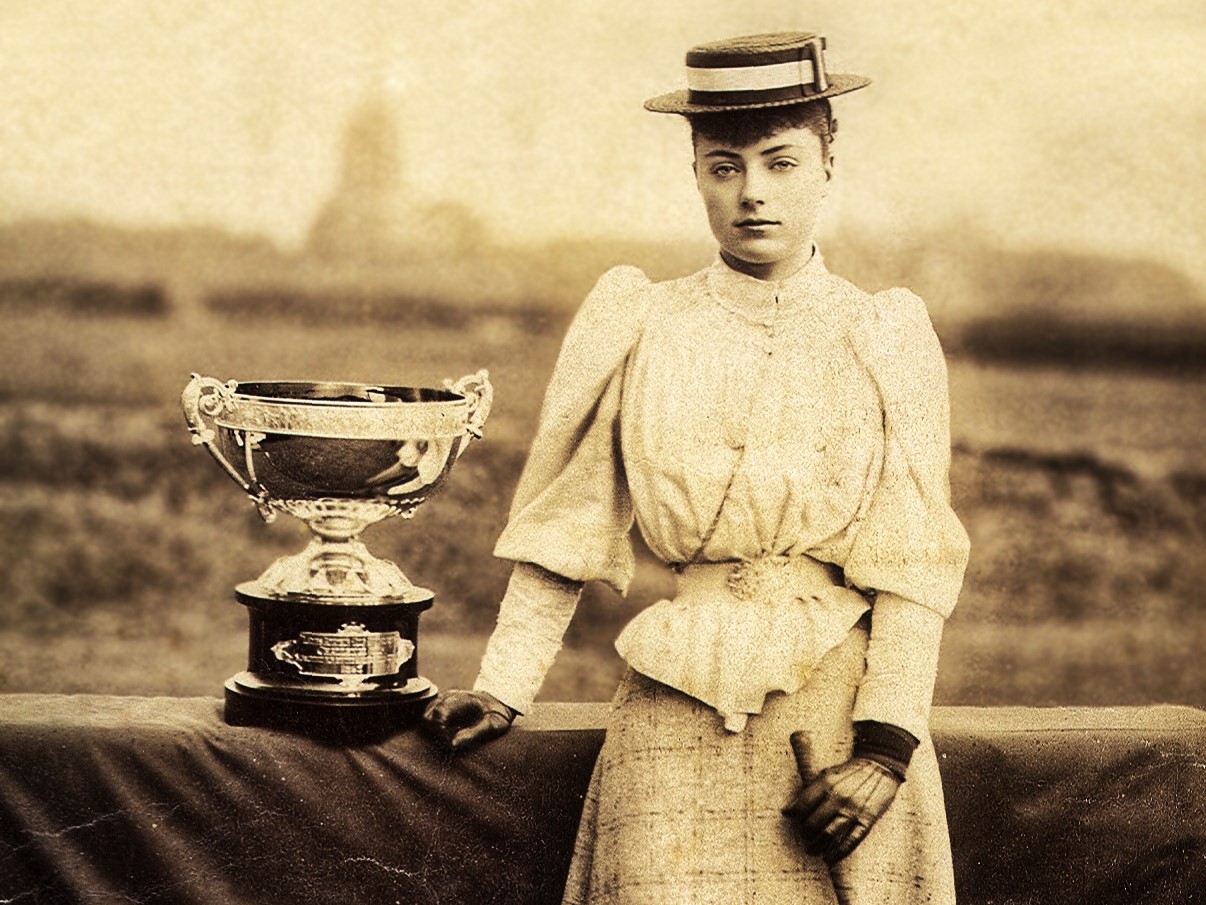
The 3rd Earl of Eldon laid out a nine-hole golf course at his Gloucestershire estate, Stowell Park. Here his children learnt to play golf, including Margaret who won the first three Women’s Amateur Championships, in 1893, 1894 and 1895. These were the only times she played in the event as she retired from competitive golf shortly afterwards, aged 21. One of her brothers, Michael, won the Amateur Championship in 1933, and another, Osmund, was runner up in 1905.
Johnny Laidlay
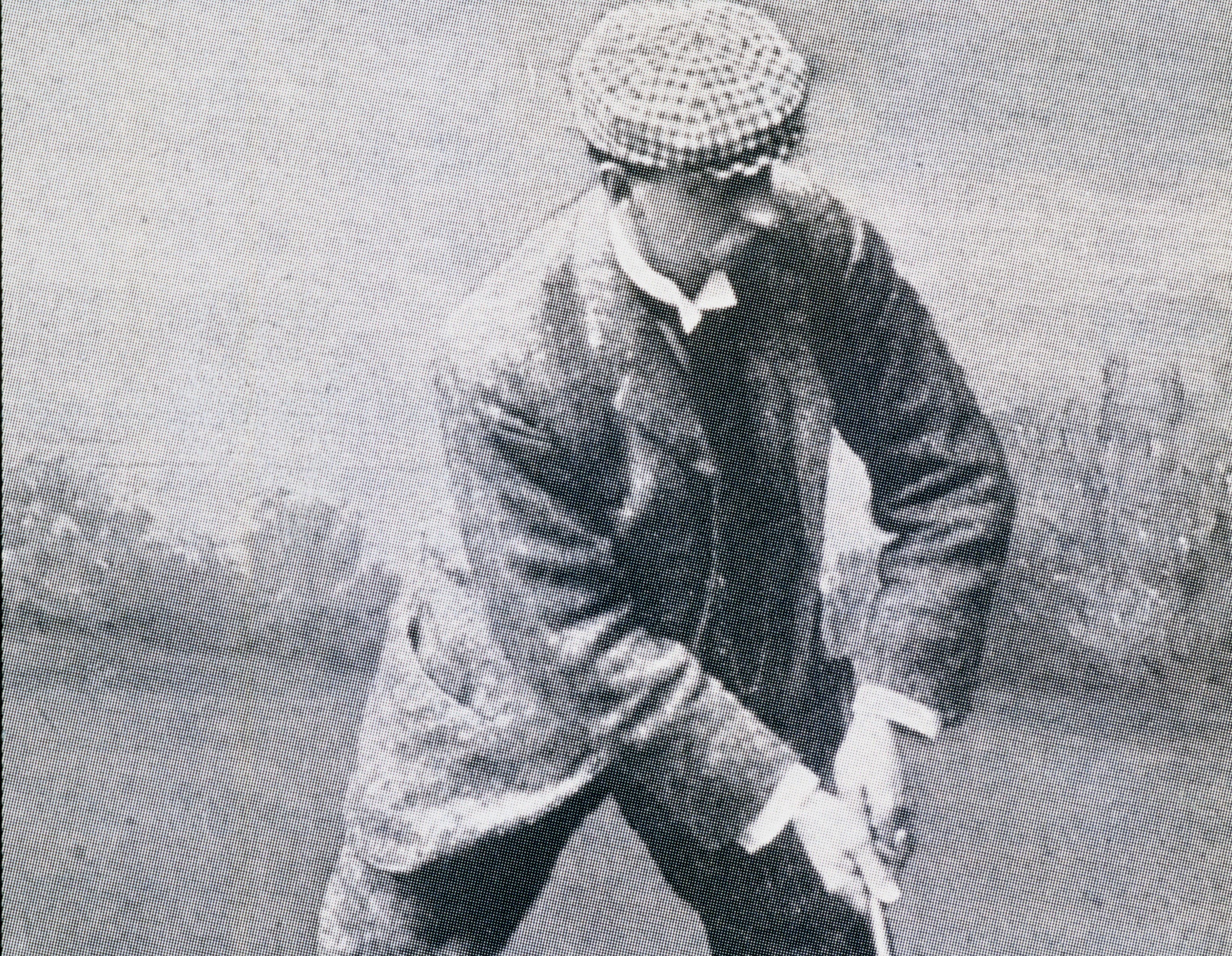
Laidlay pioneered the use of the grip whereby the little finger of the bottom hand overlaps the top hand by resting between the first and second fingers. This grip was later adopted by Harry Vardon and became known as the Vardon grip. Laidlay was runner up in the The Open of 1893, when he also won the Silver Medal for Low Amateur for the fourth and final time. He won the Amateur Championship in 1889 and 1891. He represented Scotland at cricket as well as golf.
Get the Golf Monthly Newsletter
Subscribe to the Golf Monthly newsletter to stay up to date with all the latest tour news, equipment news, reviews, head-to-heads and buyer’s guides from our team of experienced experts.
George Lyon
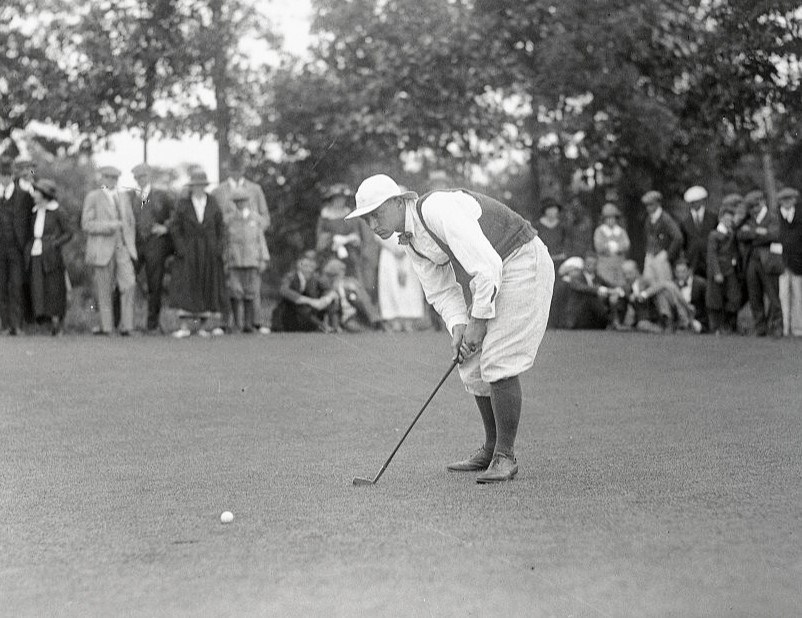
Lyon only took up golf aged 38. His first sport was cricket and he represented Canada eight times as a batsman. Two years after taking up golf, he won the 1898 Canadian Amateur Championship. He went on to win this a further seven times. He also won the Canadian Seniors' Golf Association Championship ten times, the final time in his 72nd year. He won the golf gold medal at the 1904 Olympics. The golf competition was entered by 72 Americans and three Canadians – no other nationalities competed.
Charles Coe
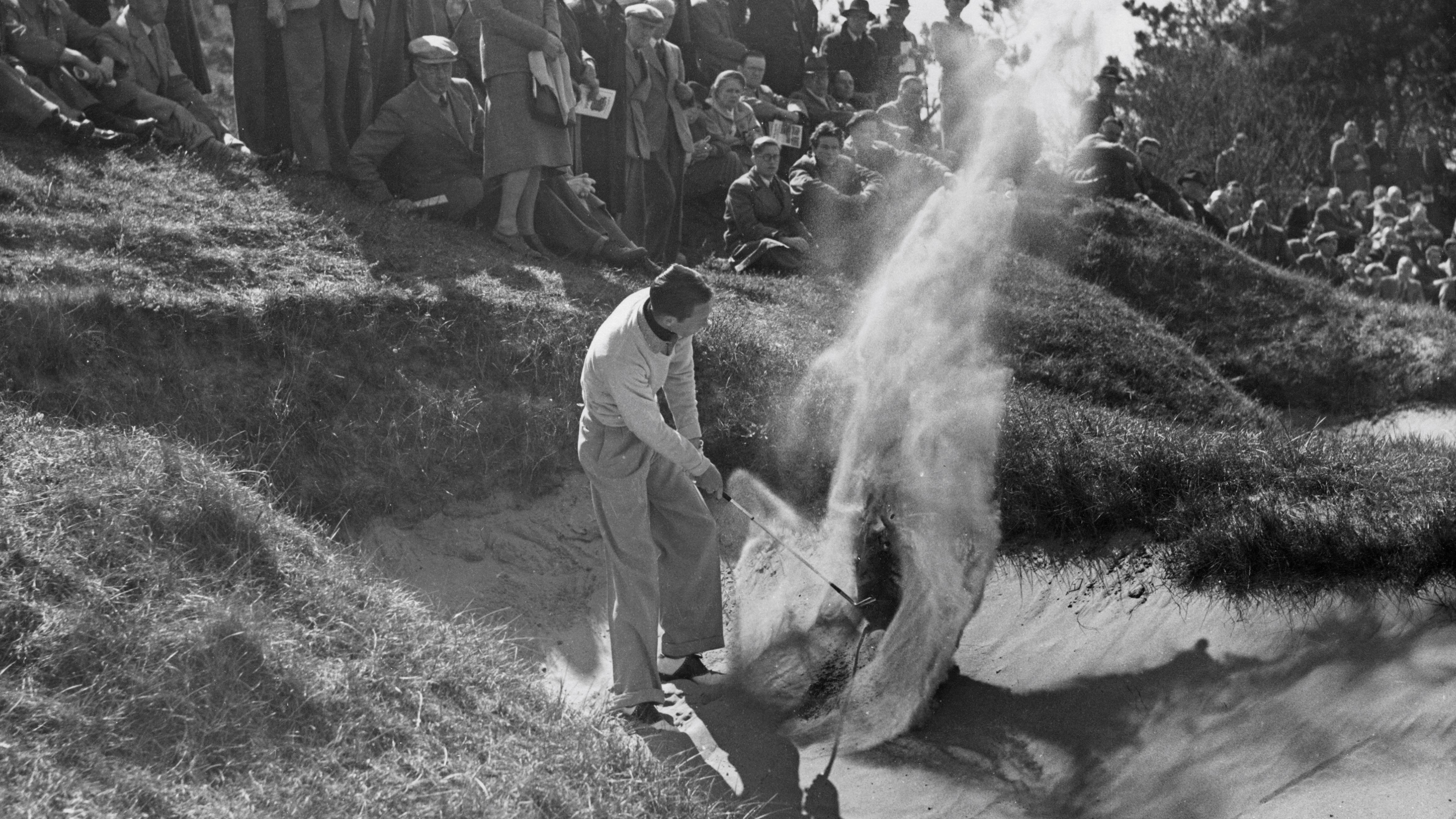
Charles Coe came joint second in the Masters of 1961, a shot behind Gary Player and level with Arnold Palmer. Jack Nicklaus remembered Coe’s preparation: “His breakfast was one or two cokes, three cigarettes. He went to the practice area and hit three 7-irons and said, ‘that’s enough,’ and walked to the first tee.” Coe was six times the Low Amateur at the Masters, and in four different decades. He won the US Amateur Championship in 1949 and 1958.
Cyril Tolley
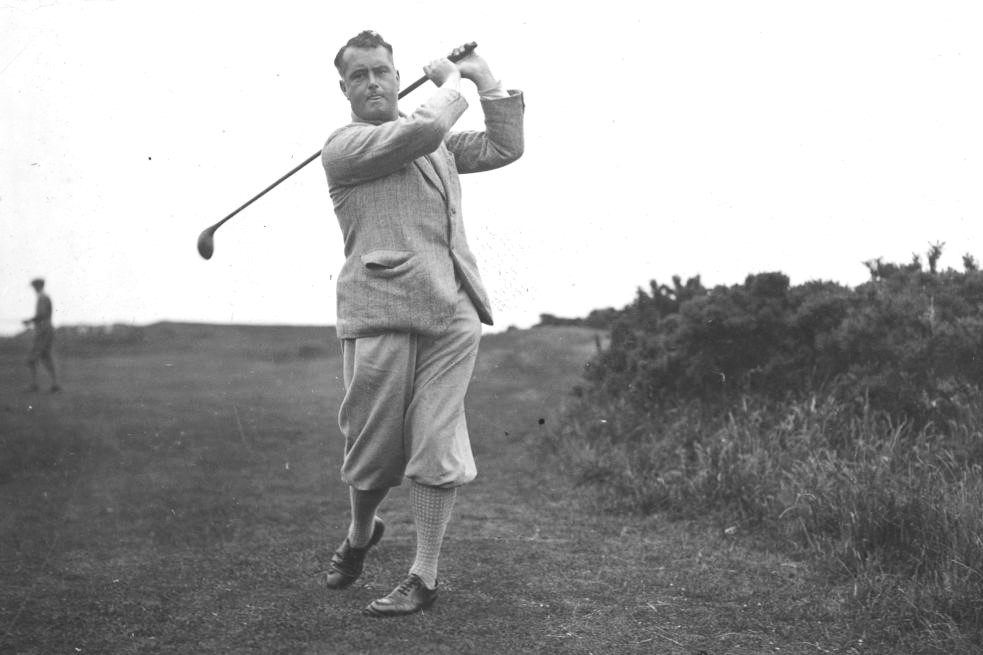
Tolley won the French Open in 1924 and 1928, a tournament hitherto, and subsequently, dominated by professionals, the Amateur Championship in 1920 and 1929, and the Military Cross, during the First World War. He established a legal precedent when he successfully sued a chocolate manufacturer for using his caricature and name in an advertisement without his permission. Tolley had argued it could be presumed that he had been paid for this, which would compromise his standing as an amateur.
Pete McEvoy
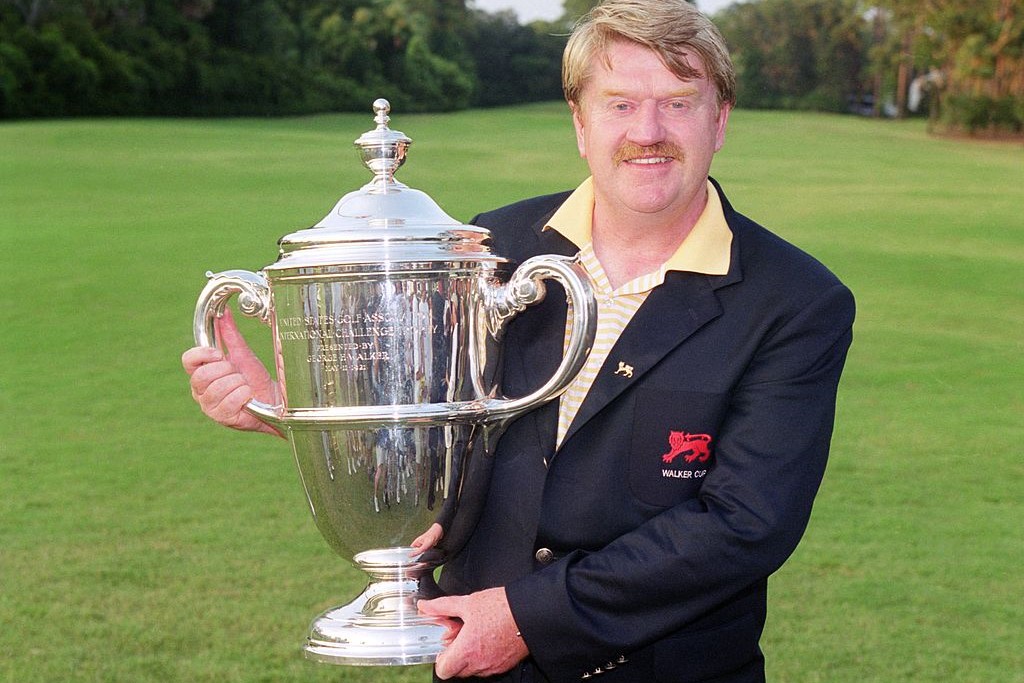
Cricket and rugby were McEvoy’s earlier sporting interests and he only played his first 18 holes aged 14. He was at the peak of his game in the late Seventies. He won the Amateur Championship in 1977 and 1978, the Silver Medal at The Open Championships of 1978 and 1979 for Low Amateur and, in 1978, became the first British amateur to make the cut at the Masters. He played five Walker Cups for GB & Ireland, and then captained the victorious sides of 1999 and 2001 which was the first time GB&I had won back-to-back Walker Cups.
Enid Wilson
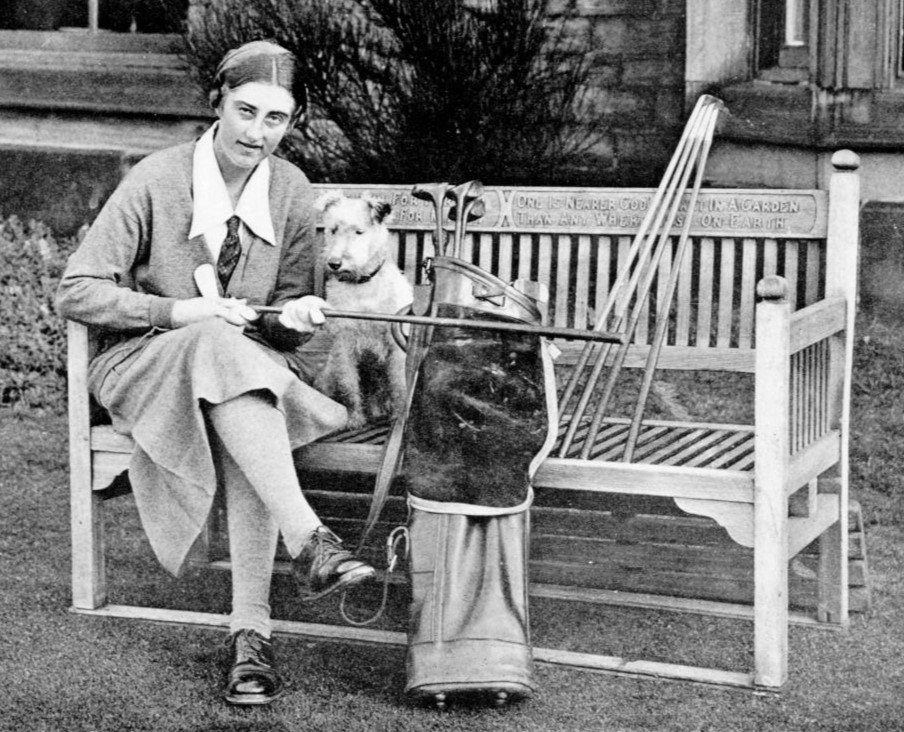
Being expelled from school, after her forthright reaction to being told she would have to limit her golfing activities, left Wilson with more time to spend on the golf course. She won the Women's Amateur Championship in three consecutive years from 1931 to 1933. That was the end of her competitive career as the Ladies Golf Union decreed that she was no longer an amateur after she was paid to contribute to a golf book. There were no women’s professional competitions at that time.
Michael Bonallack

Better known in later life as a golf administrator, Sir Michael Bonallack had won the Amateur Championship five times between 1961 and 1970 and was Low Amateur at The Opens of 1968 and 1971. He was Chairman of the PGA of Great Britain and Ireland and Secretary of The Royal and Ancient Golf Club of St Andrews. Knighted for services to golf in 1998, he was inducted into the World Golf Hall of Fame in 2000. Amateur teams representing Europe and Asia/Pacific play one another every two years for the Bonallack Trophy.
Cecil Leitch
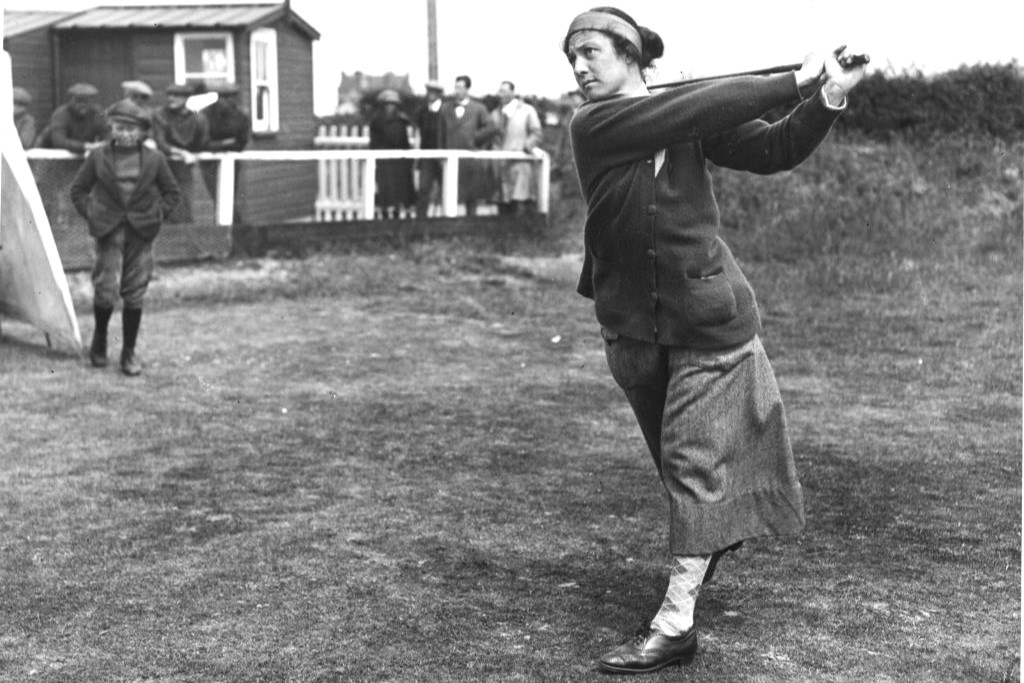
Known for her aggressive swing and powerful ball-striking, Charlotte Cecilia Pitcairn Leitch was the first four-time winner of the Women's Amateur Championship (then known as the Ladies Amateur). She won it three times successively in 1914, 1920 and 1921 – the event was not held in 1915-18 to the war and in 1919 due to a railway strike. She also won the French Ladies Amateur five times. She won 29 of her 33 matches for England in the Home Internationals. Two of her sisters, Edith and May, also represented England at golf.
Alexa Stirling
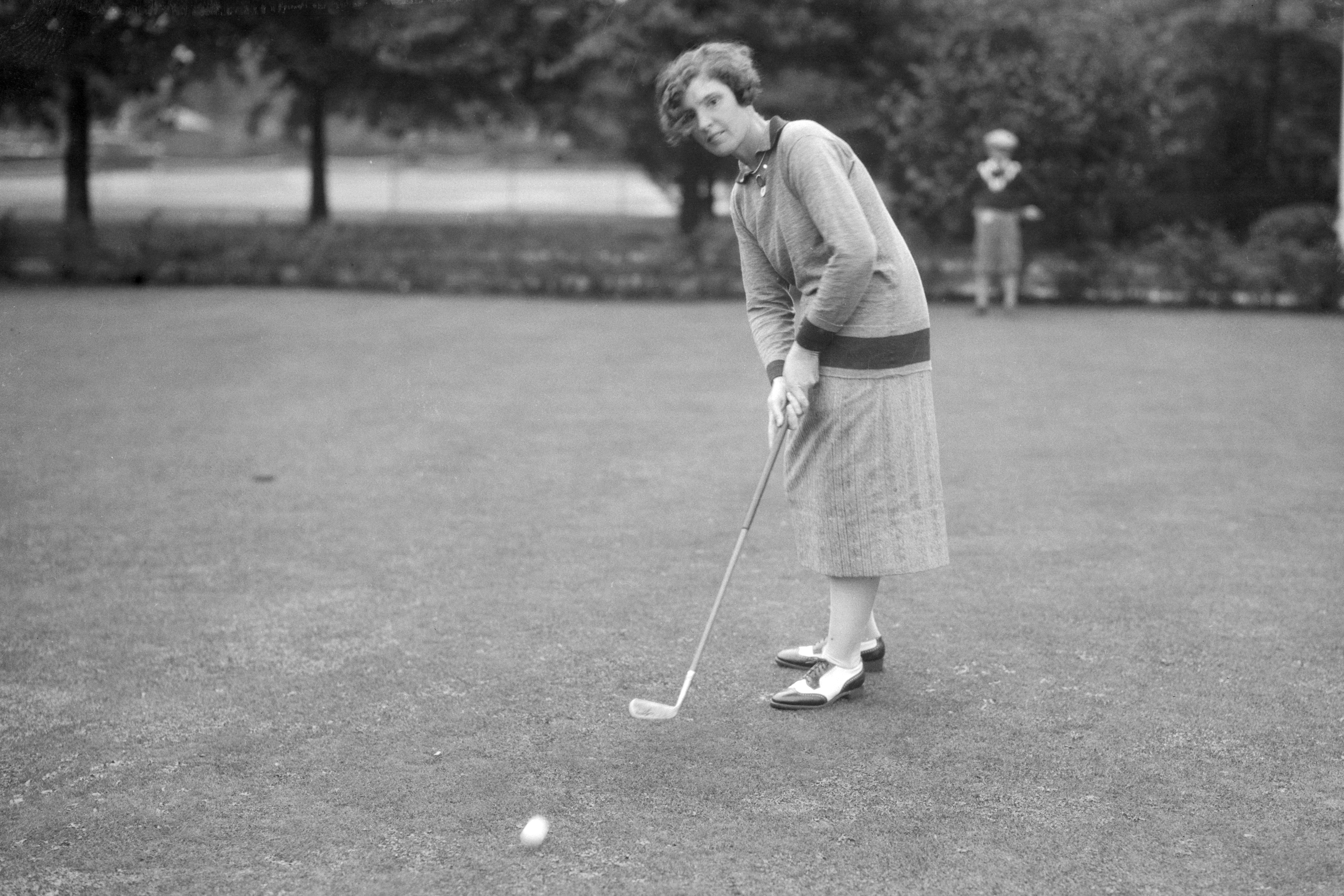
The daughter of a Scottish doctor who emigrated to the States, Alexa Stirling won three consecutive U.S. Women's Amateur Championships in 1916, 1919 and 1920. The first of these came when she was 18 years old. She was runner up in 1921, 1923 and 1925, During the war she and some others, including childhood friend Bobby Jones, toured America giving golf demonstrations which raised $150,000 for the Red Cross. She married Dr Fraser, a Canadian, and moved to Canada. She won the Canadian Women's Amateur twice.
Margaret Curtis
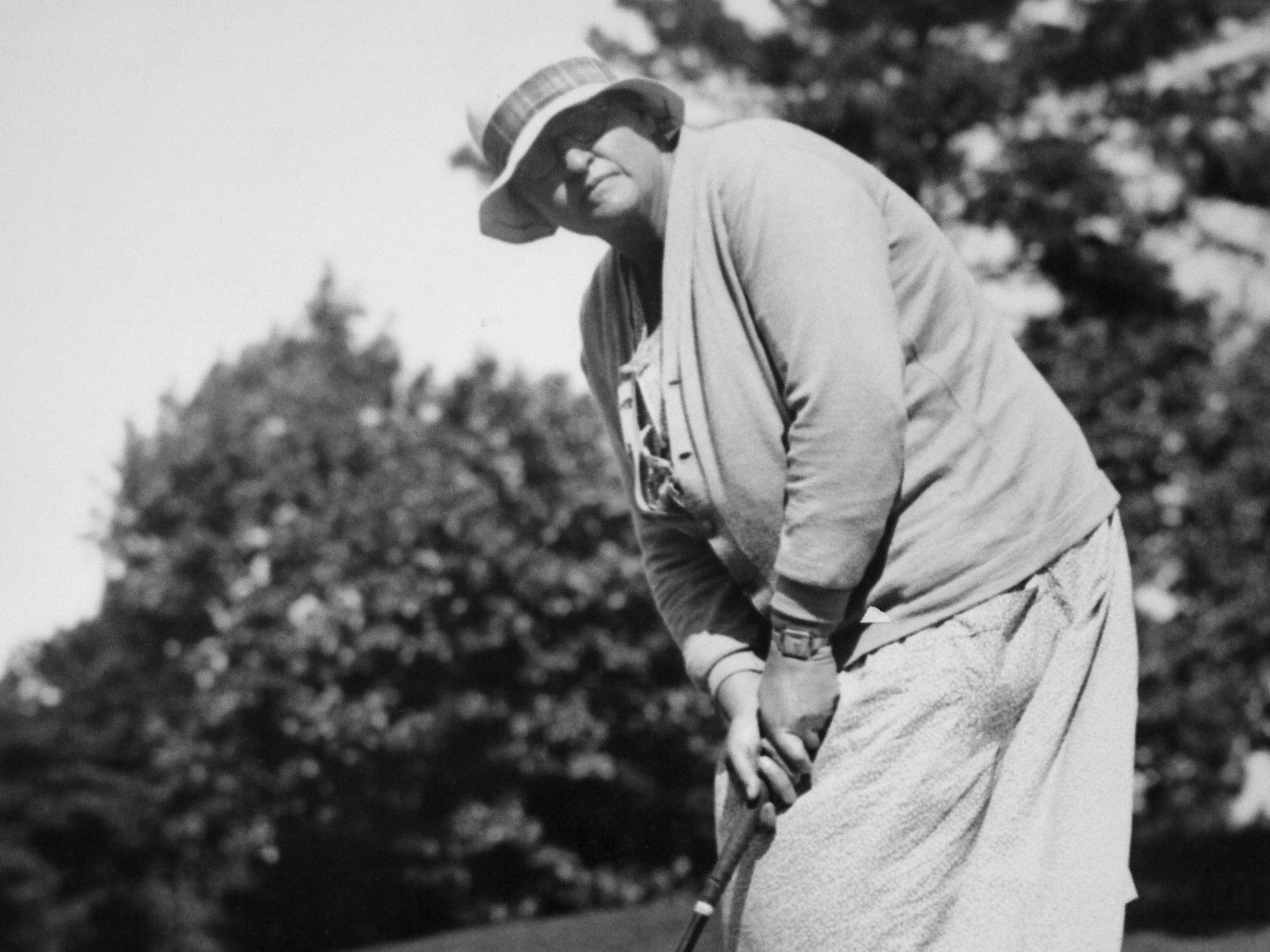
Margaret Curtis won three U.S. Women’s Amateurs, in 1907, 1911 and 1912. In the first of these she defeated the defending champion in the final, who was her sister Harriot. She and Harriot donated the Curtis Cup in 1932 for the biennial match between amateur ladies’ teams representing the United States and Great Britain and Ireland. Margaret was also a fine tennis player and she won the U.S. Open doubles tennis championship, with Evelyn Sears, in 1908.
Dorothy Campbell
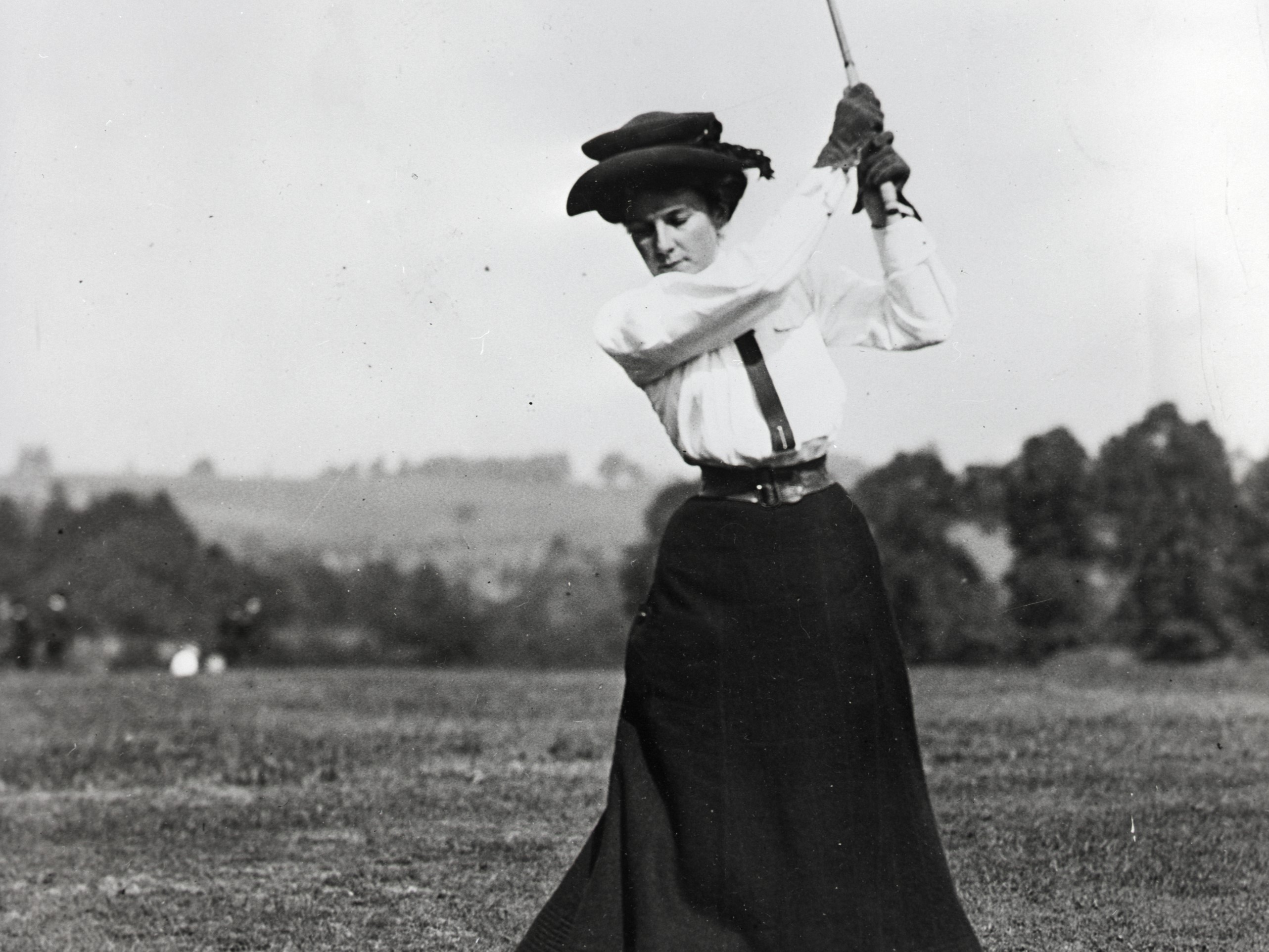
Dorothy Campbell was the first woman to win the Scottish, American, British and Canadian Women’s Amateurs. She was born in North Berwick in Scotland in 1883 and began swinging a golf club when she was 18 months old. She later lived in Canada and the United States, and took American citizenship. She won the Scottish Ladies’ Amateur Championship three times, the Amateur Championship twice, the US Amateur three times and the Canadian Women's Amateur three times.
Virginia Van Wie
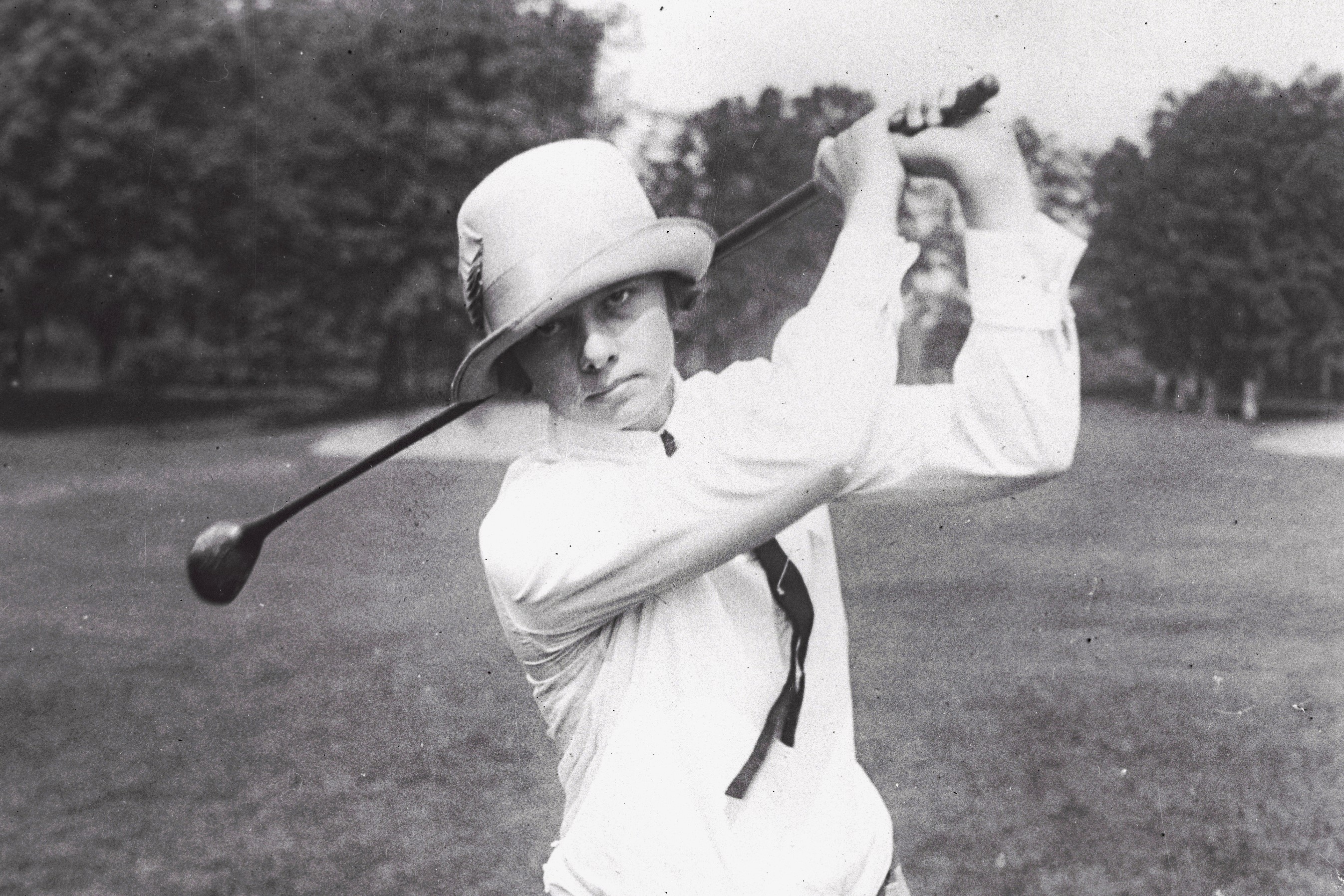
Virginia Van Wie’s competitive career only lasted until she was 25, as she retired in 1934. She retired as the reigning US Ladies Champion having won U.S. Women's Amateur Championship for the preceding three years. She had also been runner up in 1928 and 1930. A tomboy, she had been encouraged into golf when she was 12 after she had injured her back playing American Football with boys. She was one of six inaugural inductees into the Ladies Professional Golf Association's Hall Of Fame.
Anne Quast
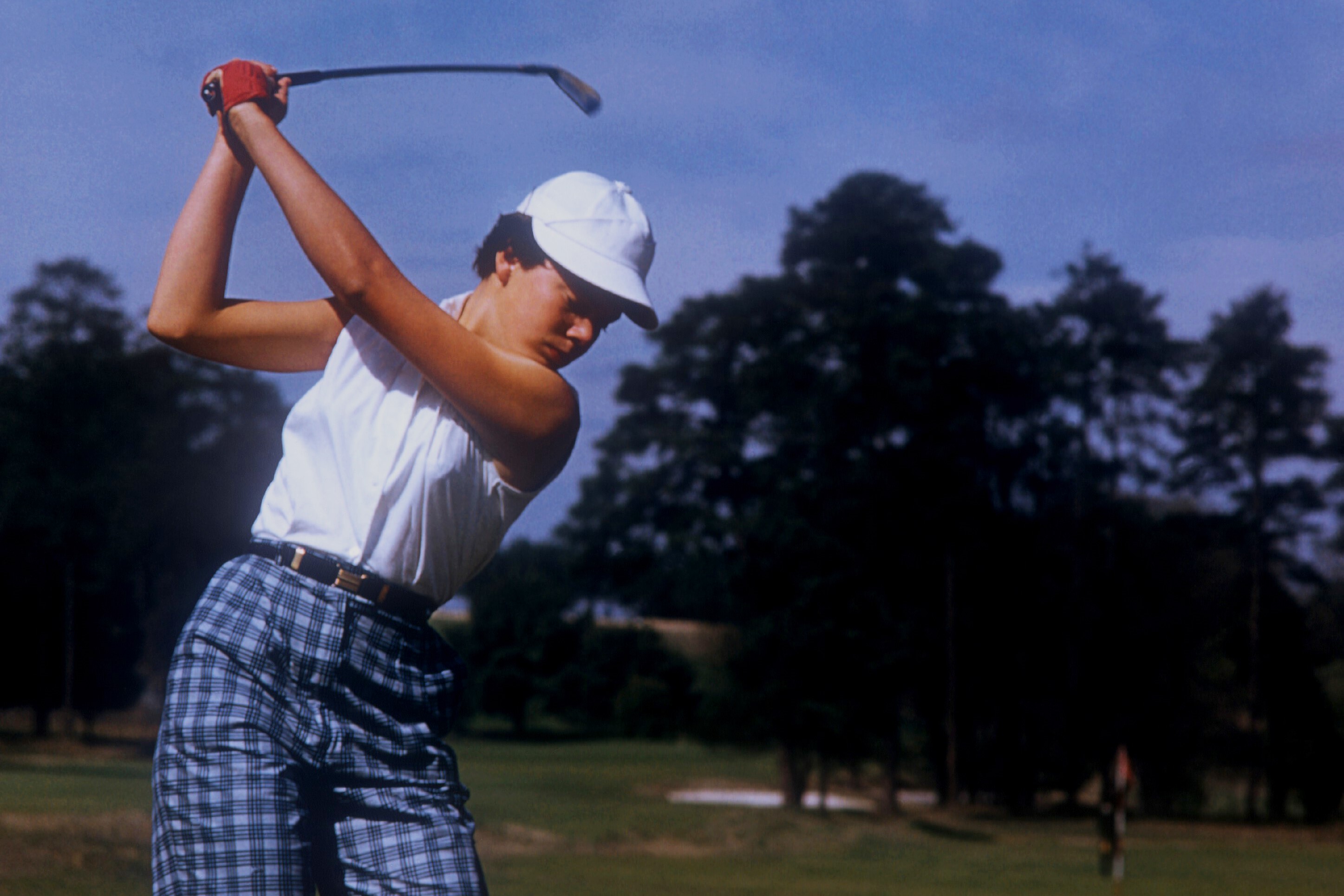
Possessed of a good short game, she won the U.S. Women's Amateur in 1958, 1961, 1963 and was runner-up in 1965, 1968 and 1973. She played in eight Curtis Cups across four decades. In her last appearance, in 1990, she was 52 and her foursomes partner was 17-year-old Vicki Goetze. She lived in England for a while and won the Women’s Amateur Championship in 1980 at Woodhall Spa. Married several times, she competed variously under the surnames Decker, Welts and Sander as well.
Jessie Valentine
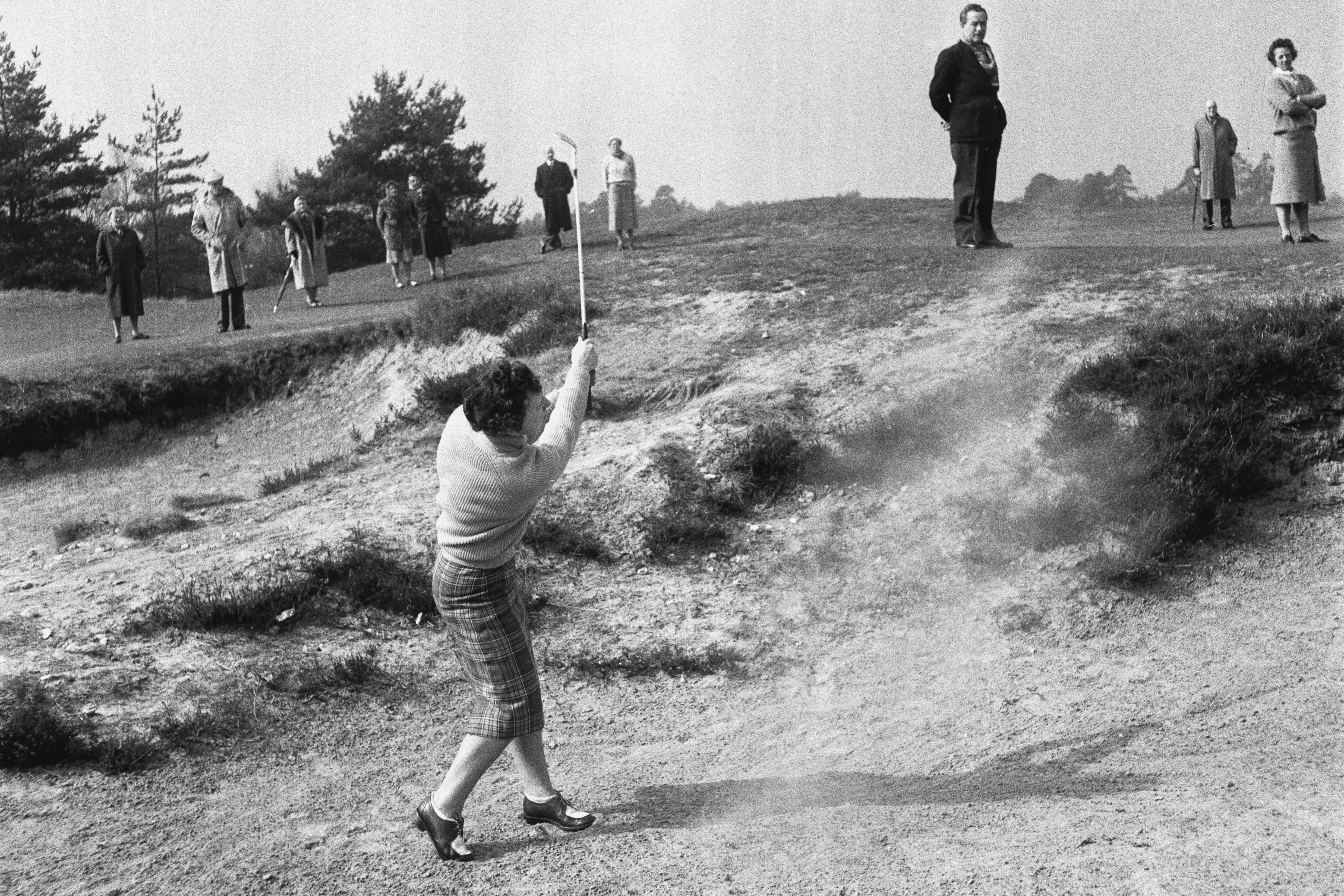
Born in Perthshire, Jessie Valentine won the national women’s championships of France and New Zealand, as well as winning the Scottish one five times. She won the Women’s Amateur Championship in 1937, 1955 and 1958. Her father, Joe Anderson, was the pro at Craigie Hill and she had begin playing golf aged 5. Playing in the 1936 Curtis Cup, her singles match was the last left out on the course. She holed at 60ft putt on the 18th hole to win her match 1up and tie the overall match.
Pamela Barton
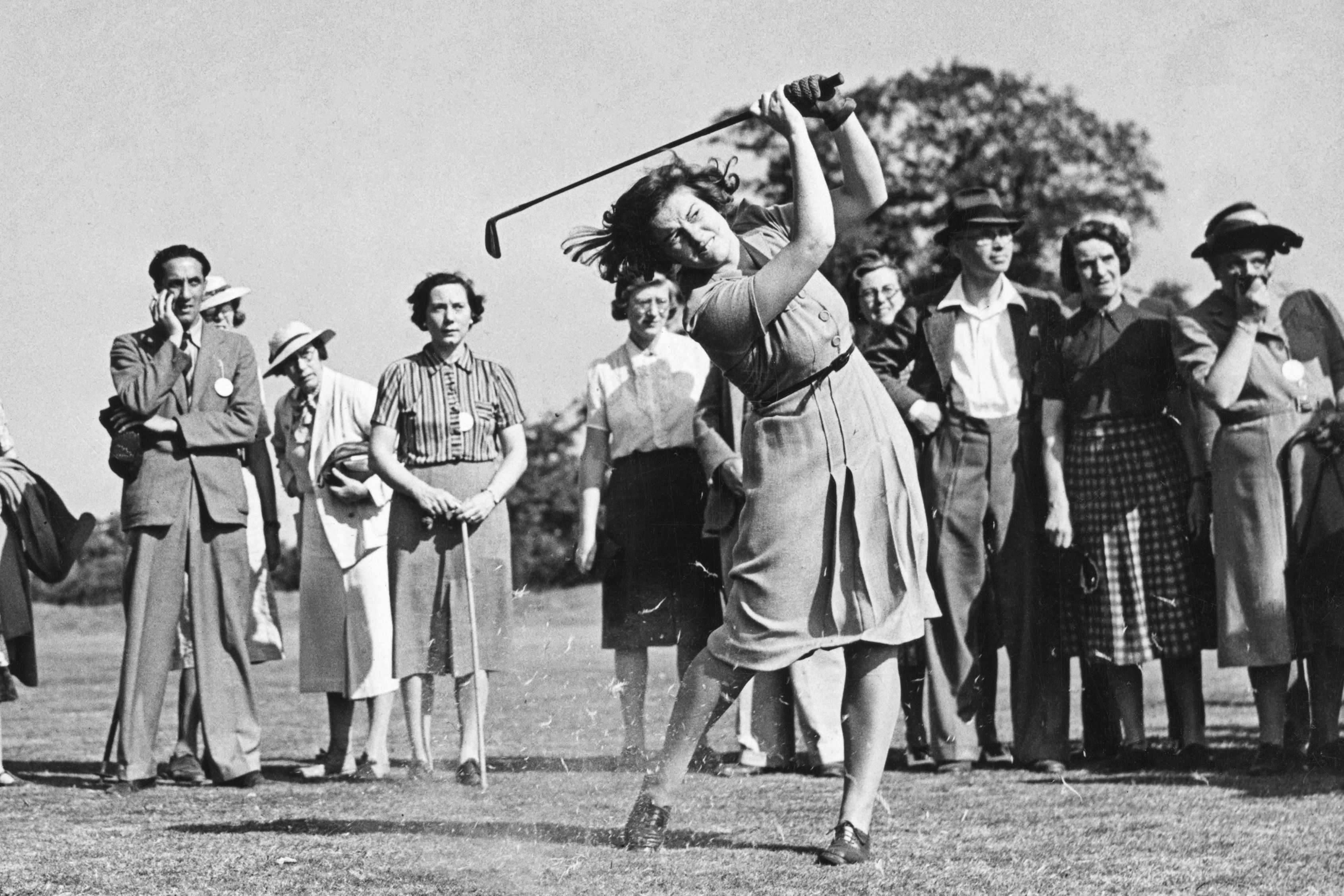
Naturally left-handed, she played golf right-handed as golf clubs for left handers were then rare. Runner up in the Women's Amateur Championship in 1934 and 1935, she won it in 1936 and 1939. In 1936, still a teenager, she also won U.S. Women's Amateur, becoming only the second person to hold both these titles simultaneously. She enlisted in the Women's Auxiliary Air Force in World War II and died in a plane crash in 1943, aged 26. The winner of the Women's Amateur Championship is presented with the Pam Barton Memorial Salver.
Henry James Whigham
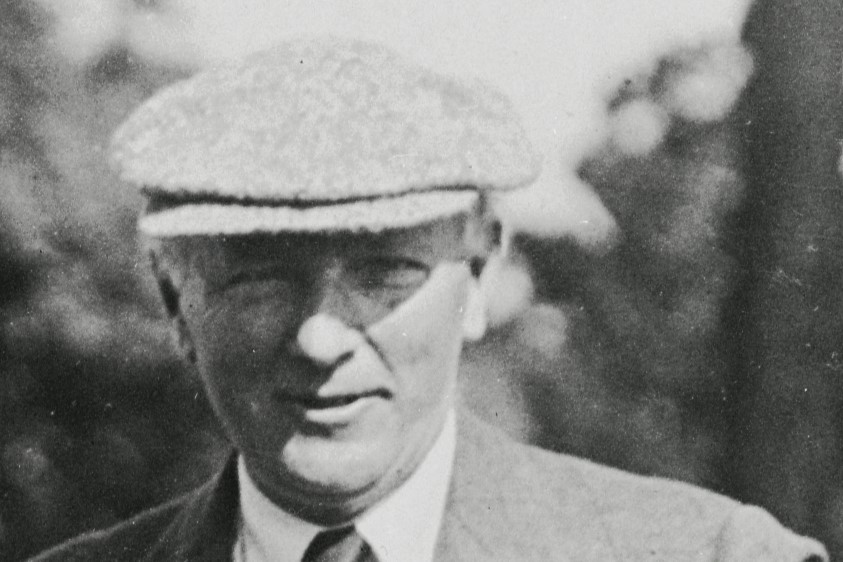
Whigham was a Scot who had travelled in 1893 to Chicago to demonstrate golf at the World Fair. He ended up settling in the United States, teaching economics and English and working as a journalist and author, including spells as a drama critic and a war correspondent. His books include How To Play Golf. He played little top-level competitive golf – he entered the US Amateur only three times, winning it twice, and played in two US Opens, finishing tied 5th and tied 8th.
Walter Travis
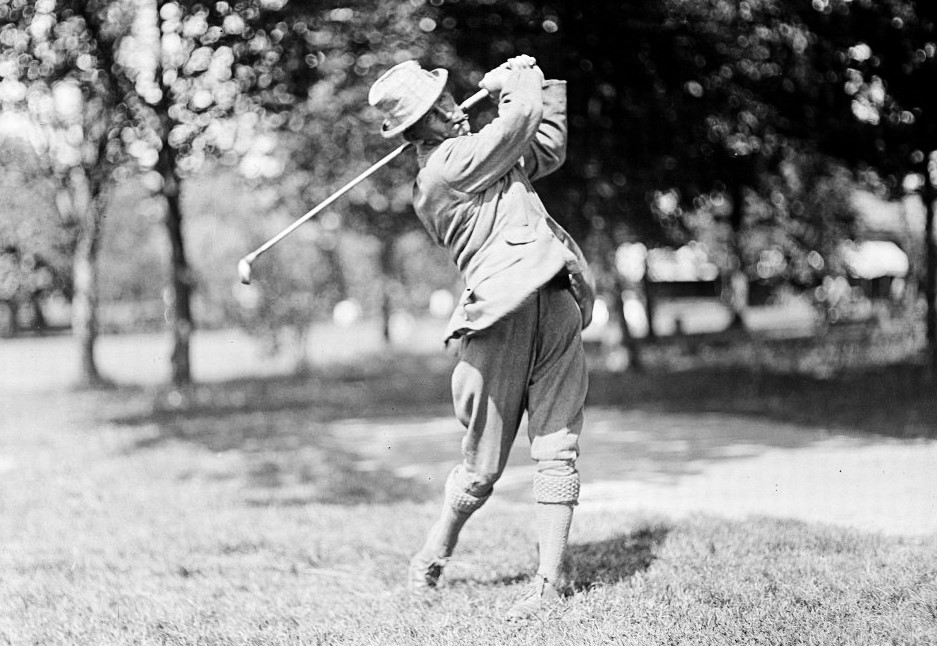
Travis played his first round of golf in October 1896, aged 34. He had only taken up golf because a group of his friends were joining a newly founded golf club. He won his first club competition within a month of taking up the game. He entered the US Amateur Championship in 1898, getting to the semi-final. He won the US Amateur Championship in 1900, 1901 and 1903 and the Amateur Championship in 1904. He was joint runner up in the US Open of 1902.
Frank Stranahan
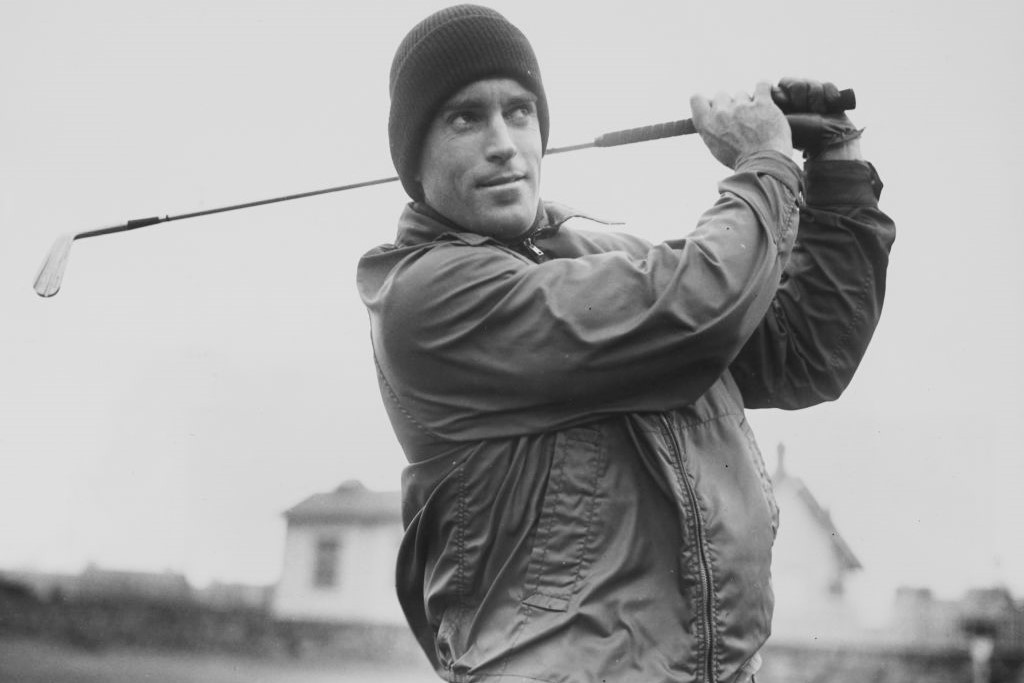
He learnt to play at Inverness Club, where he received instruction from the club’s professional, one Byron Nelson. In 1947 Stranahan was joint runner up in both The Open and the Masters. He was also again joint runner up in The Open of 1953. He won more than 70 amateur tournaments, including the Amateur Championship twice, before he turned pro aged 32 in September 1954. He won four times on the PGA Tour as an amateur, and twice more after turning pro.
Glenna Collett-Vare
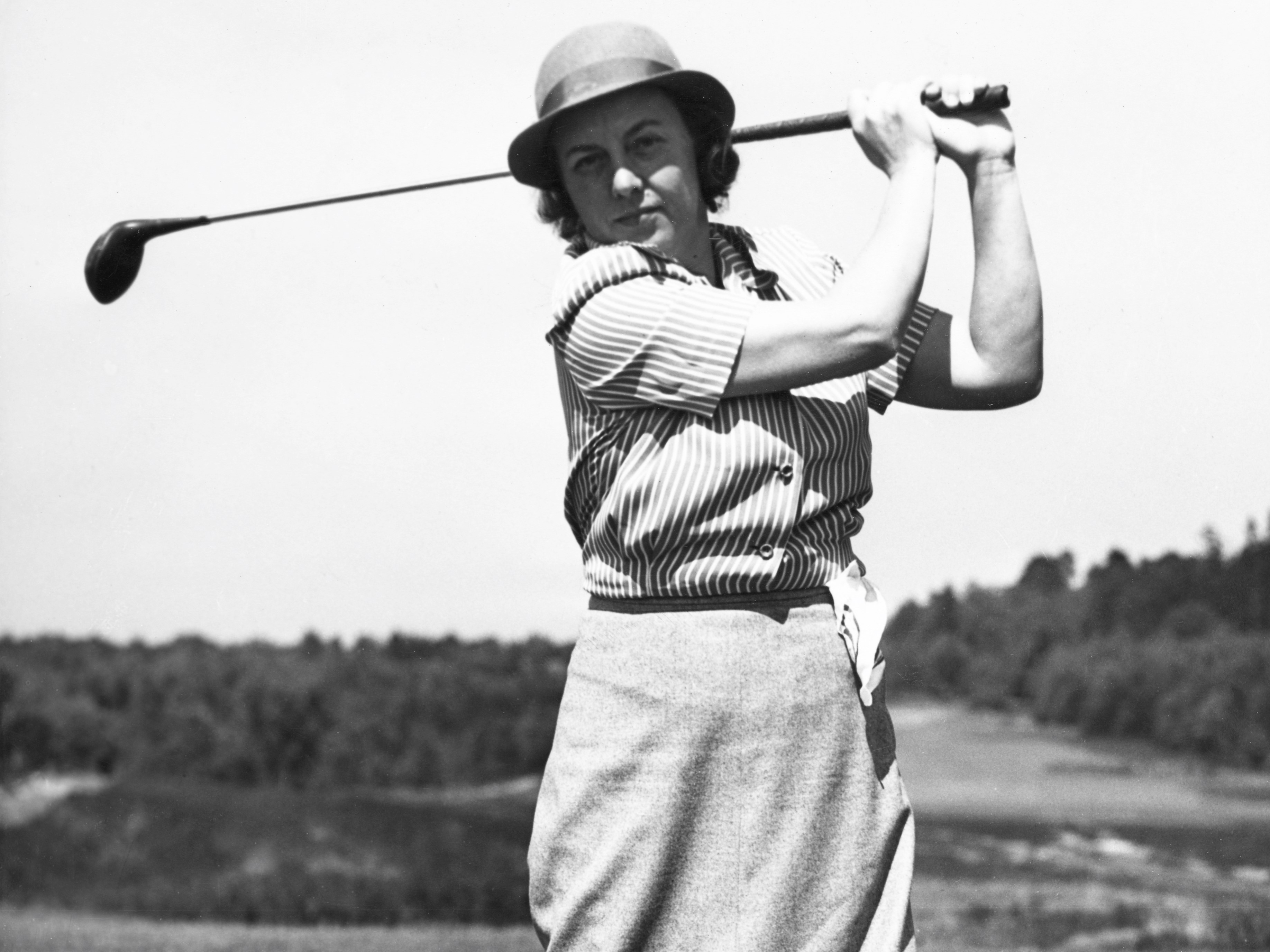
Glenna Collet, as she then was, was the star player in her brother’s baseball side. Her mother wished her to play a more ladylike sport so, aged 14, Glenna took up golf. She wrote that “when I was eighteen, standing five-feet six-inches tall and weighing 128 pounds, I drove a ball a measured distance of 307 yards, at that time, the longest drive ever hit by a woman.” She won the first of her six U.S. Women’s Amateur titles when she was 19, in 1922. She was still playing golf in her 80s, off a handicap of 15.
Chick Evans
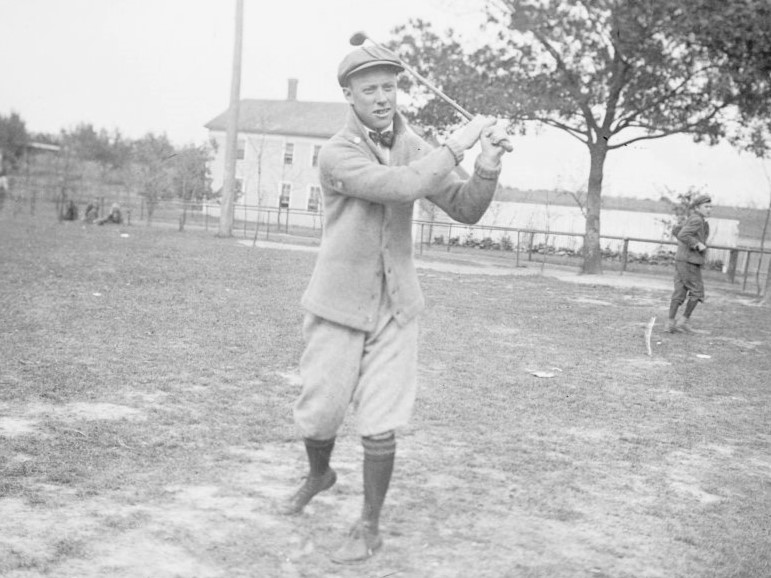
In 1916 Charles E. Evans Jr. became the first man to win the U.S. Amateur and U.S. Open in the same year. ‘Chick’ Evans had previously been runner up in both these tournaments: in the US Open in 1914 and the US Amateur in 1912. He went on to win the US Amateur again in 1920, and to be again the losing finalist in 1922 and 1927. He achieved his success playing with only seven clubs in his bag. He also achieved it on the basis of a smooth swing and being good tee to green as he was not particularly good putter for an elite golfer.
Joyce Wethered
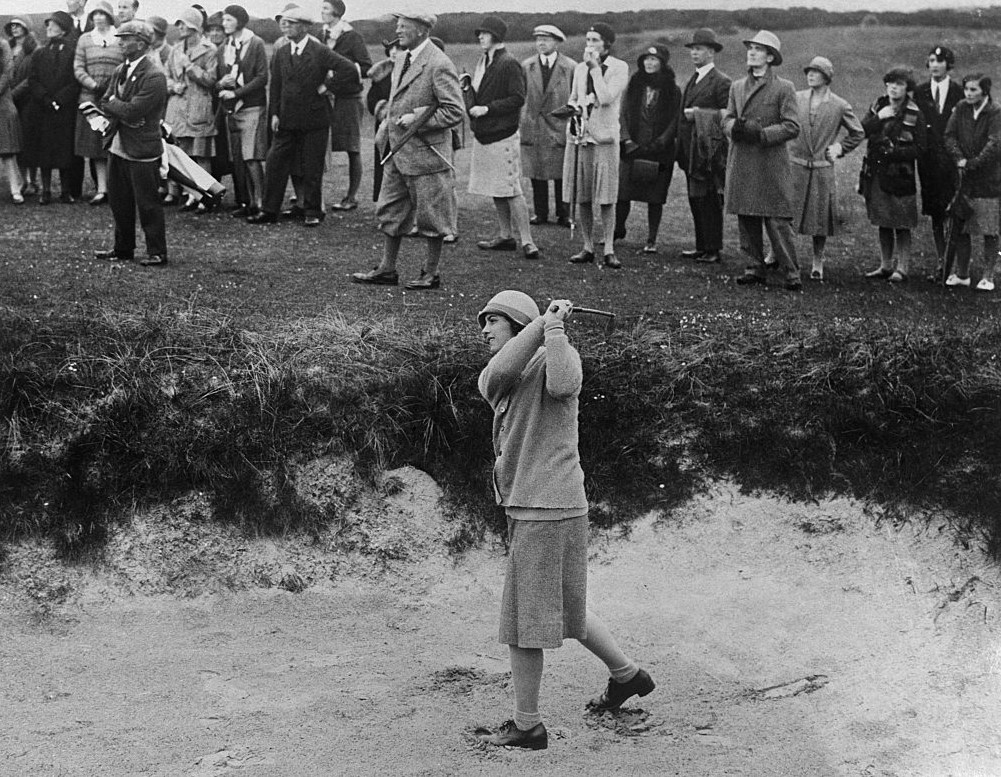
The British Ladies Amateur winner four times in the 1920s, she also won the English Ladies' Amateur Championship in five consecutive years from 1920, the only times she entered. She was 5ft 10in tall with a graceful, powerful swing. Walter Hagen said of her that “there wasn’t a male golfing star in the world who wouldn’t envy the strong, firm strokes she played.” Henry Cotton said: “In my time, no golfer has stood out so far ahead of his or her contemporaries. I do not think a golf ball has ever been hit, except perhaps by Harry Vardon, with such a straight flight.”
Jerome Travers
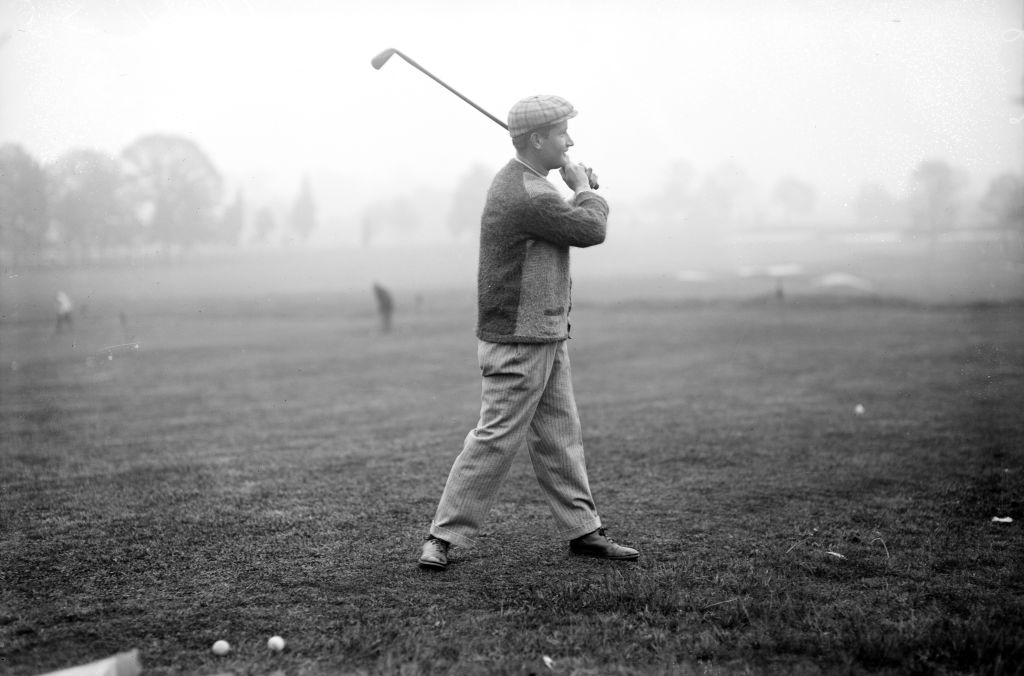
In 1915, in his fourth appearance in the tournament, 28-year-old Jerry Travers won the US Open by a stroke. He never entered it again. He had by then already won the US Amateur four times, in 1907, 1908. 1912 and 1913, and had been runner up in 1914. He was inducted into the World Golf Hall of Fame in 1976. Travers struggled to drive well even at the height of golfing prowess and so often used a cleek (its nearest modern equivalent is a 1- or 2-iron) on the tee. But he was famed as a superb putter.
Johnny Goodman
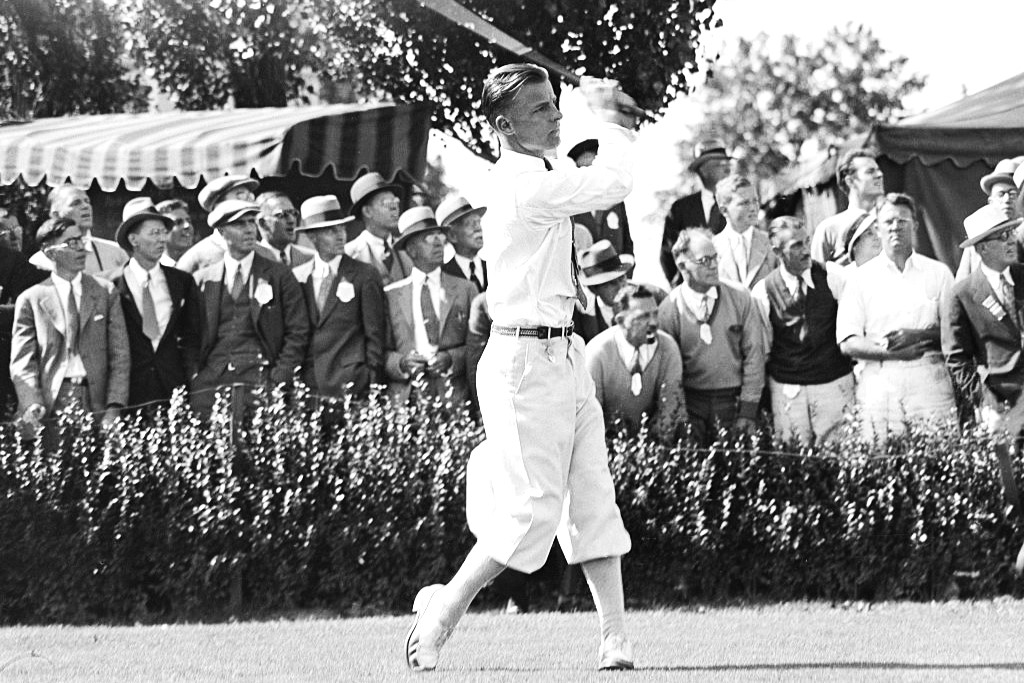
Goodman won US Open of 1933 despite being seven shots off the lead after the first of the four rounds of this tournament. But when he shot a second round 66 he went into the lead. Goodman was born in Nebraska to poverty-stricken Lithuanian immigrants and finances often remained tight throughout his life. His mother had died when he was 11, giving birth to her 13th child, and his alcoholic father abandoned his family soon afterwards. A short, slender man, Goodman did not hit the ball long distances but was deft around the green.
Harold Hilton
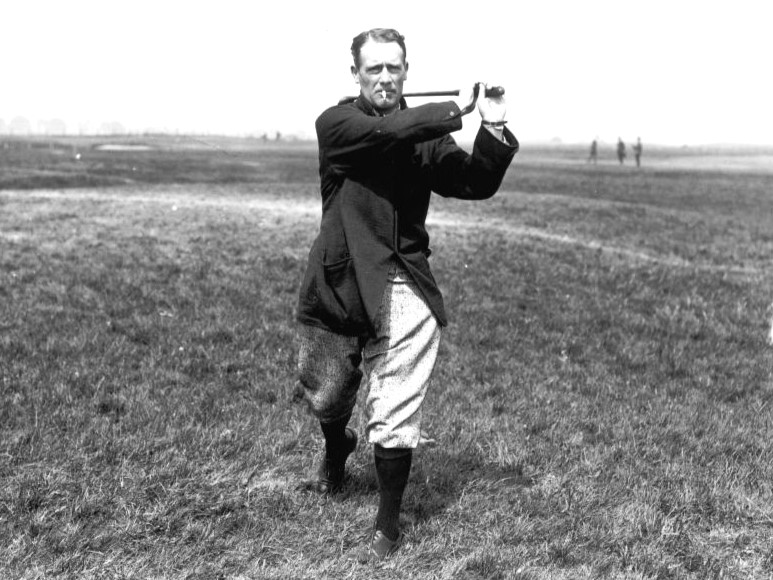
Harold Hilton became the Open Champion in 1892 at Muirfield, and again in 1897, this time at his home club, Royal Liverpool in what was the 37th Open but only the second one to be held in England. He also won the Amateur Championship four times, and was the losing finalist three times. He won the US Amateur Championship, which he only entered twice, in 1911. He was the first editor of Golf Monthly and was inducted into the World Golf Hall of Fame in 1978.
John Ball
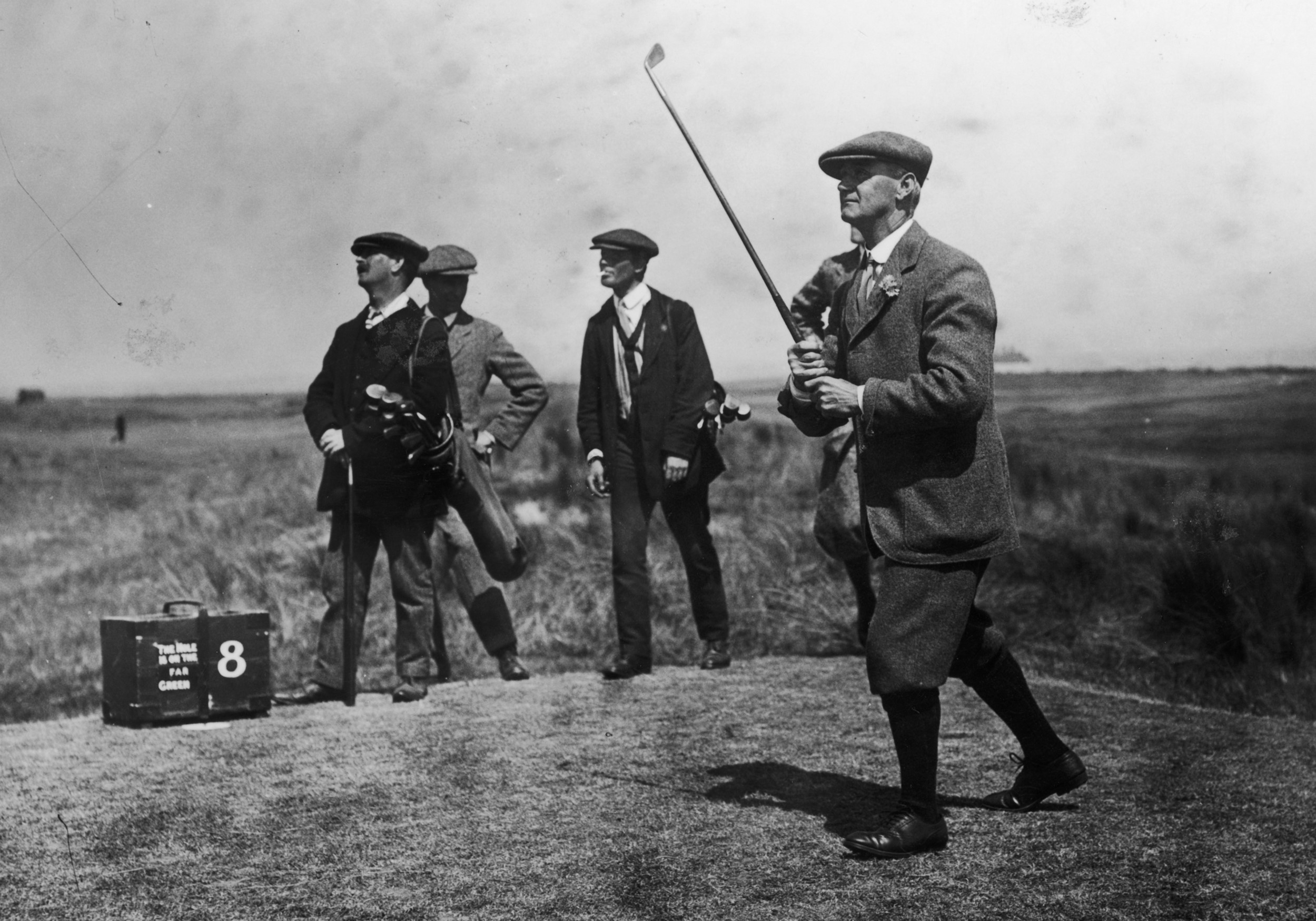
In 1890 at Prestwick in the 30th Open Championship, Hoylake-born Ball became not only the first Englishman to win an event previously won only by Scots, but also the first amateur winner. The Amateur Championship was founded in 1885, and that year Ball was a losing semi-finalist, as he was also the following year. In 1887 he went one better, losing in the final. But in 1888 he won it. In all, he won this championship eight times, with his last title coming in 1912.
Francis Ouimet

Referred to as “the father of American amateur golf”. In winning the 1913 US Open, as a 20 year-old, Ouimet had helped popularise golf in the US. Until then golf was viewed as a minority elitist British sport played by by ex-pats and a few of the American upper class, or else by the rather looked-down-upon golf pros. But Ouimet, an amateur golfer from a modest background, did not fit any of these categories. He became the first non-Brit to be elected captain of the R&A and was one of the four original inductees to the World Golf Hall of Fame.
Bobby Jones

Bobby Jones, a lawyer, was one of the best golfers of all time, amateur or professional. He retired from elite level competitive golf when only 28 years old, in 1930. That year he had won the Grand Slam of the Amateur Championship, The Open Championship, U.S. Open and U.S. Amateur. In all, he won the US Open four times, The Open Championship three times, the US Amateur half a dozen times and The Amateur Championship once. He went on to co-found Augusta National Golf Club and the Masters.
Contributing Writer Roderick is the author of the critically acclaimed comic golf novel, Summer At Tangents. Golf courses and travel are Roderick’s particular interests. He writes travel articles and general features for the magazine, travel supplement and website. He also compiles the magazine's crossword. He is a member of Trevose Golf & Country Club and has played golf in around two dozen countries. Cricket is his other main sporting love. He is also the author of five non-fiction books, four of which are still in print: The Novel Life of PG Wodehouse; The Don: Beyond Boundaries; Wally Hammond: Gentleman & Player and England’s Greatest Post-War All Rounder.
-
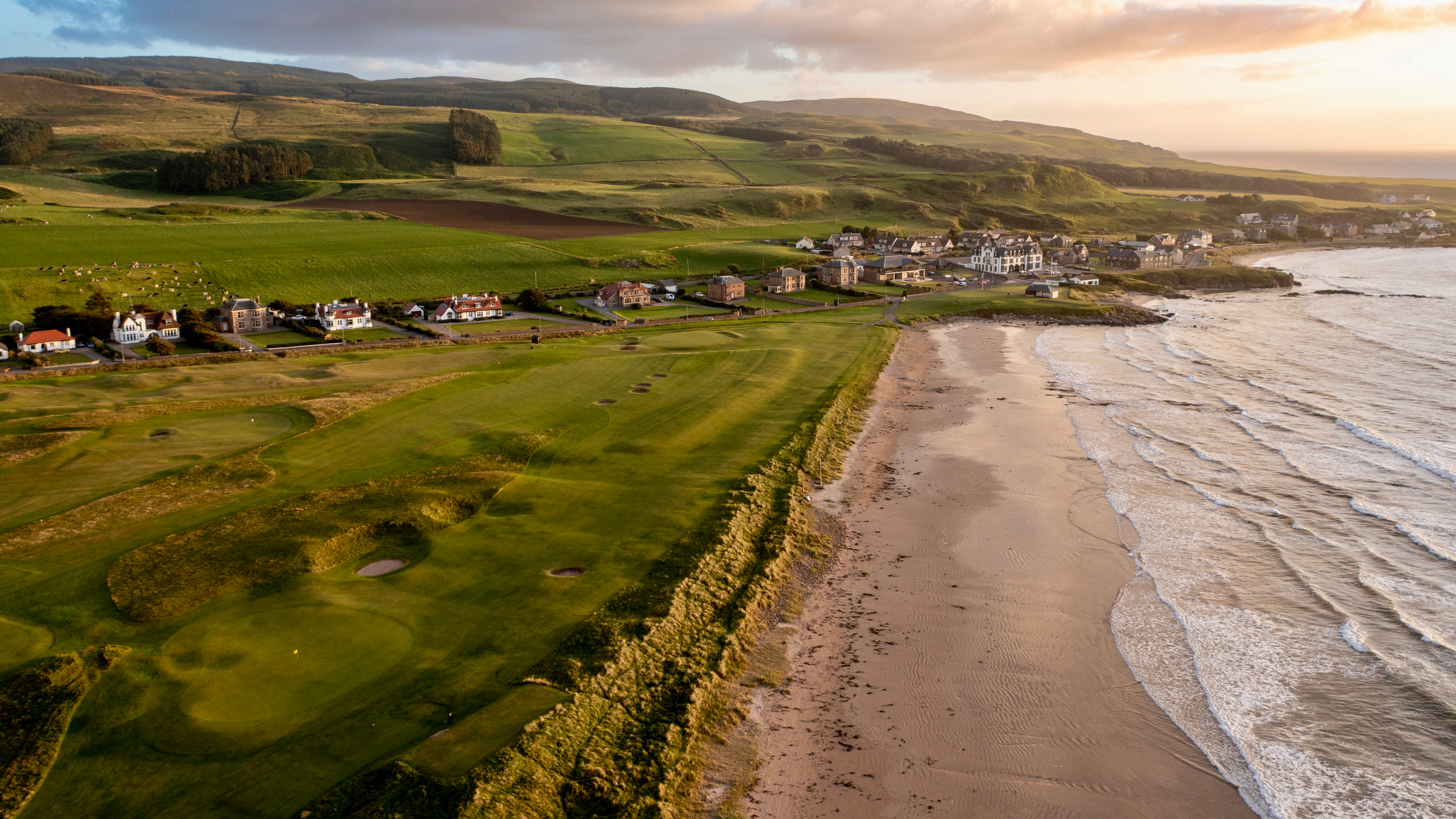 Why Machrihanish Golf Club Needs To Be On Every Golfer's Bucket List
Why Machrihanish Golf Club Needs To Be On Every Golfer's Bucket ListThe rugged, natural and historic Machrihanish Golf Club is a spectacular Old Tom Morris design that is the epitome of pure links golf
By Elliott Heath
-
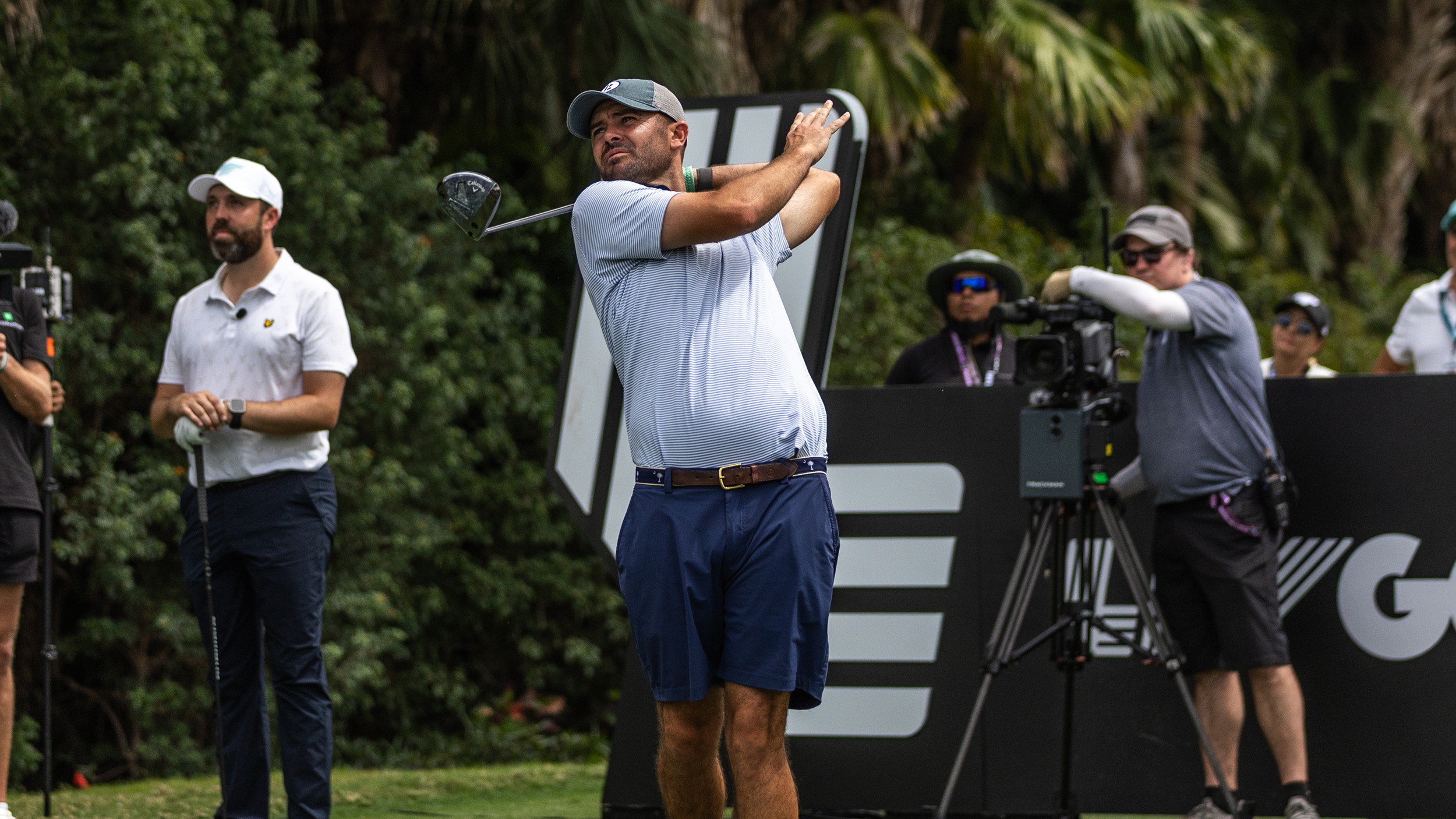 Reports: Wesley Bryan Suspended By PGA Tour After Playing In LIV Golf Duels
Reports: Wesley Bryan Suspended By PGA Tour After Playing In LIV Golf DuelsThe 2017 RBC Heritage winner is said to have been suspended by the PGA Tour after teeing it up in the recent LIV Golf creator event in Miami
By Elliott Heath